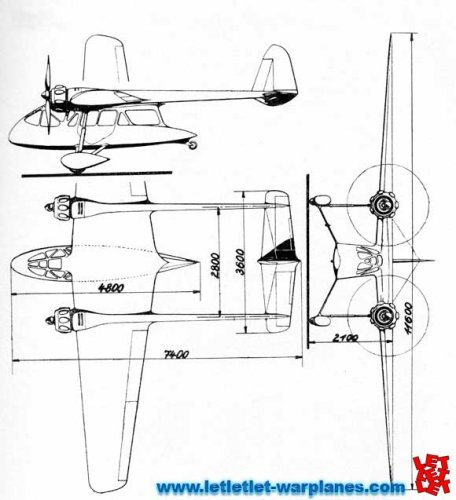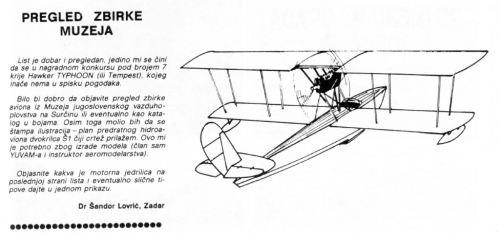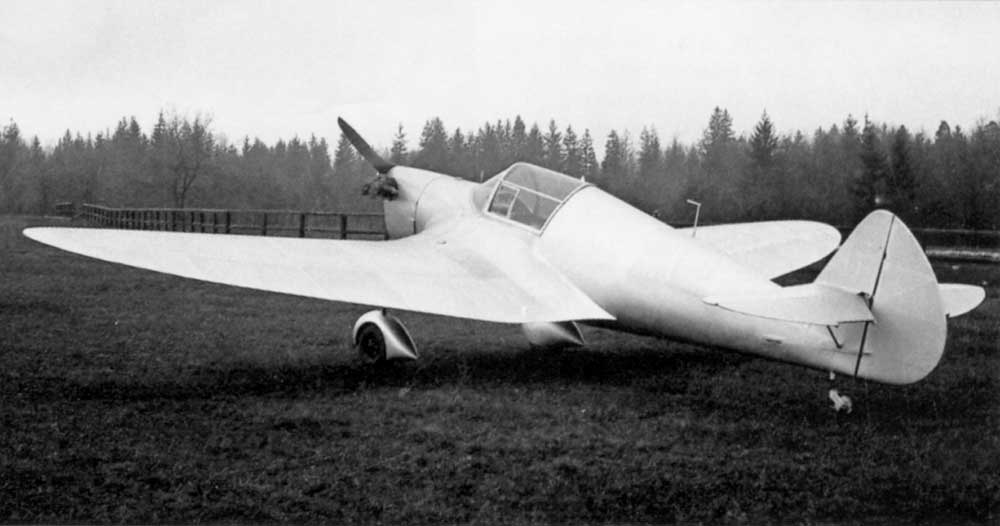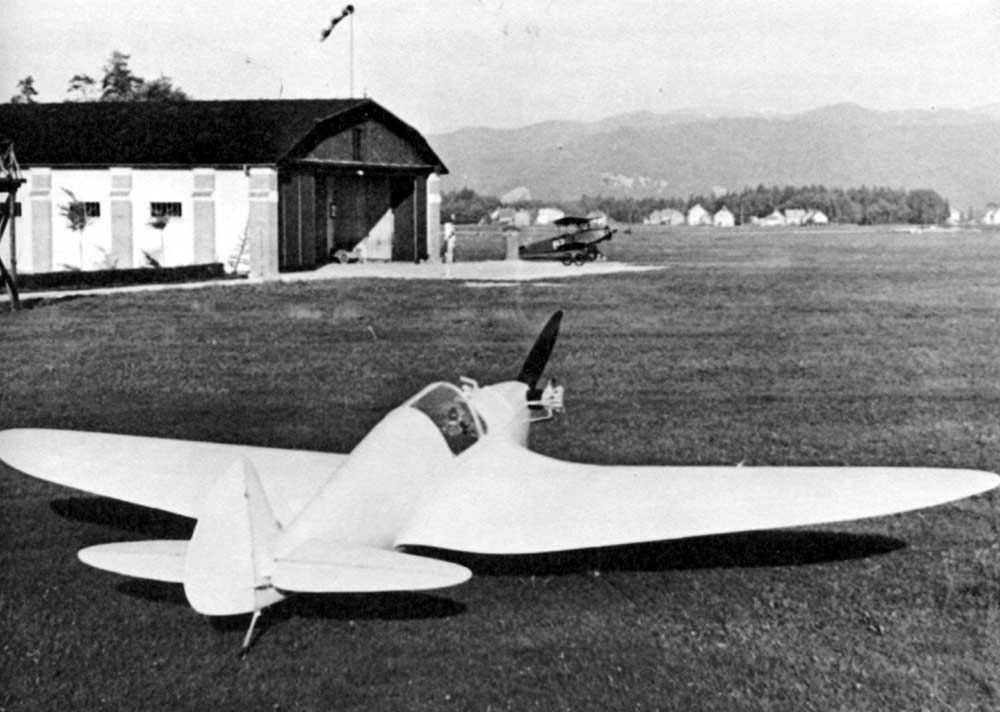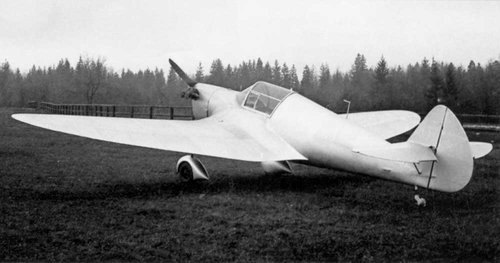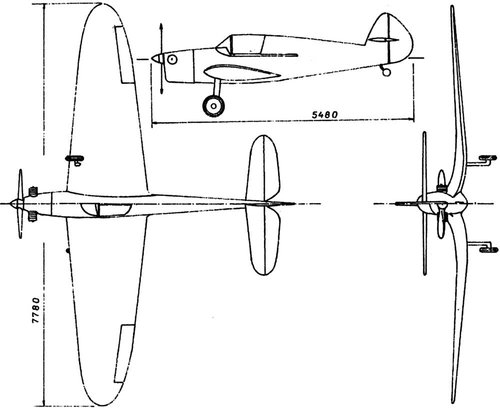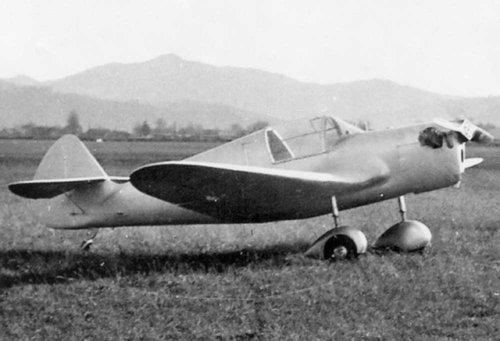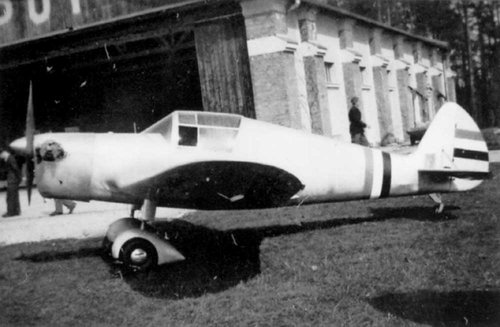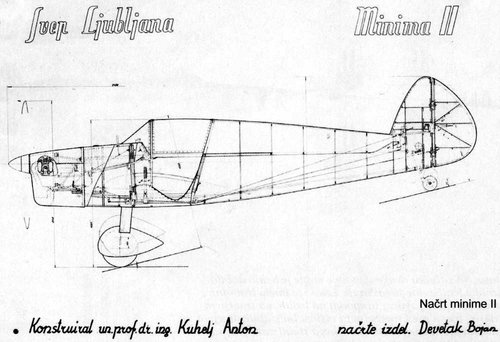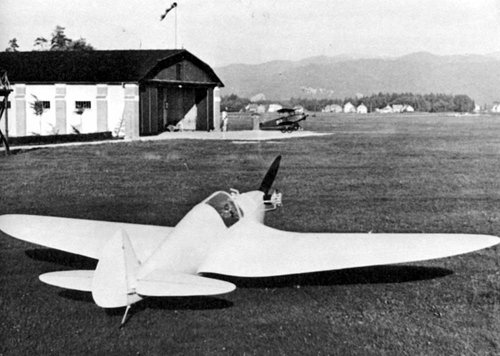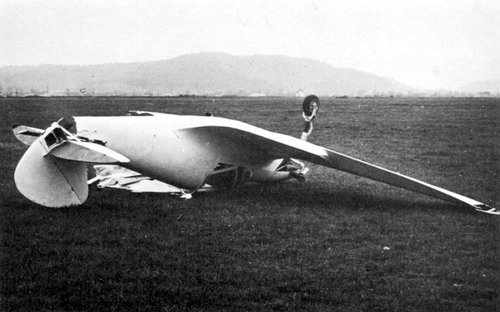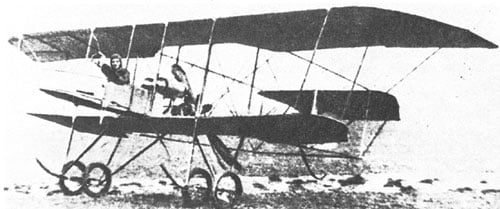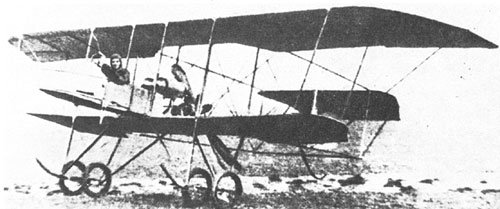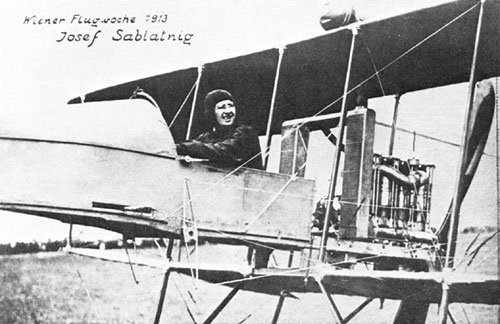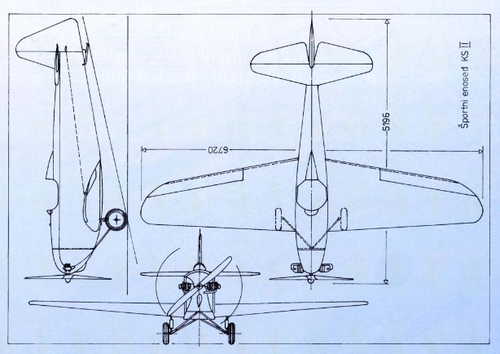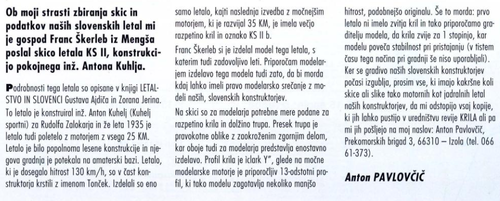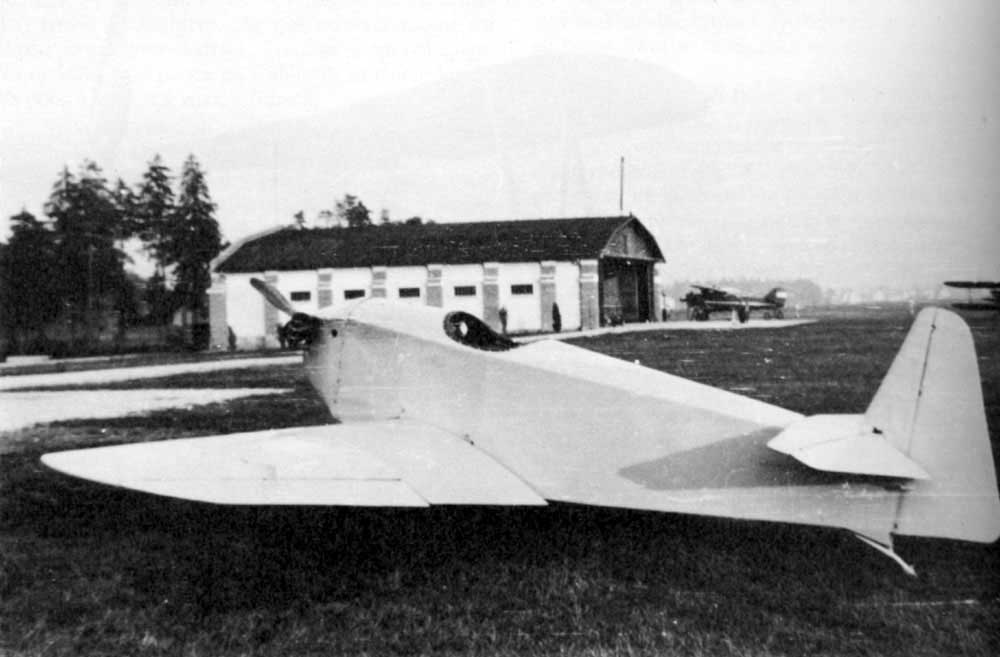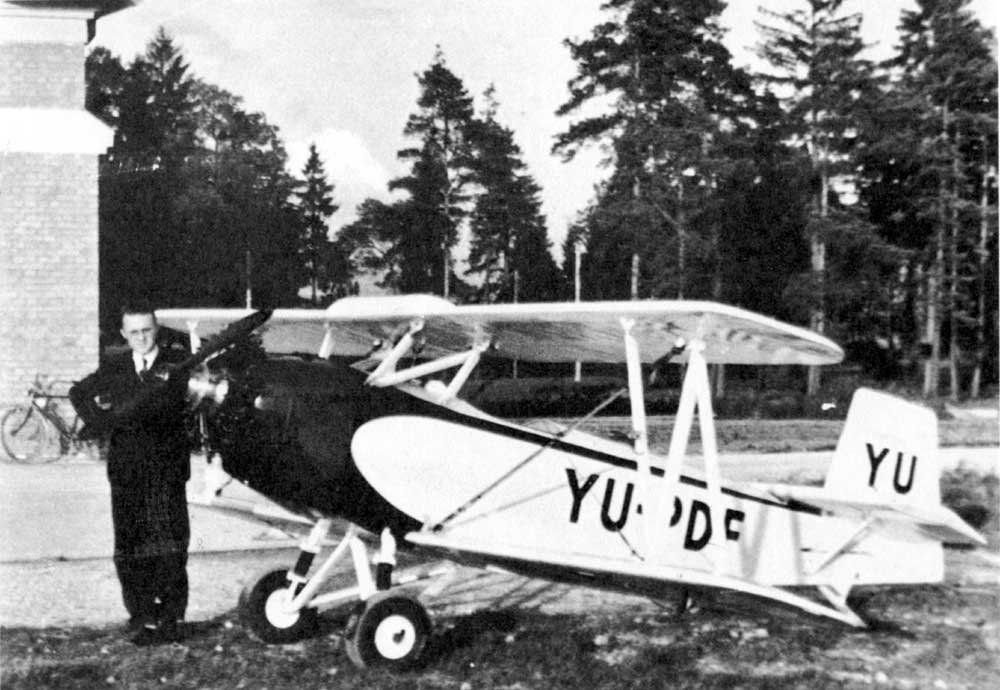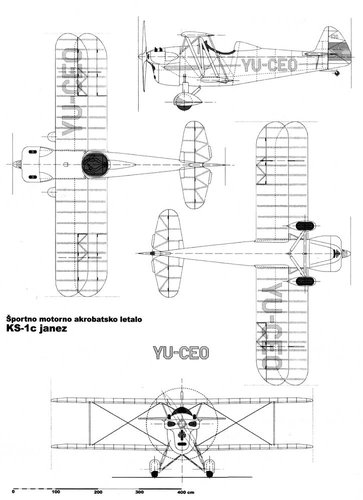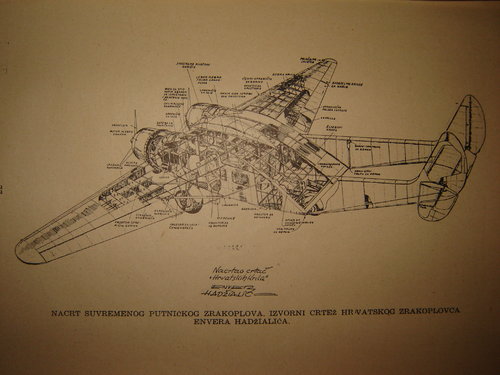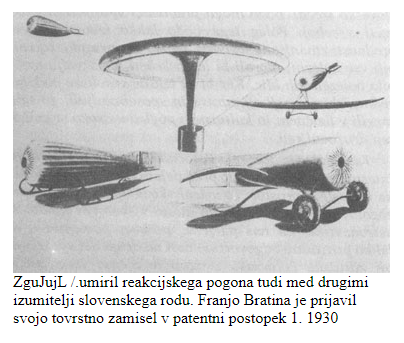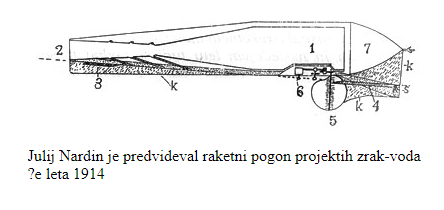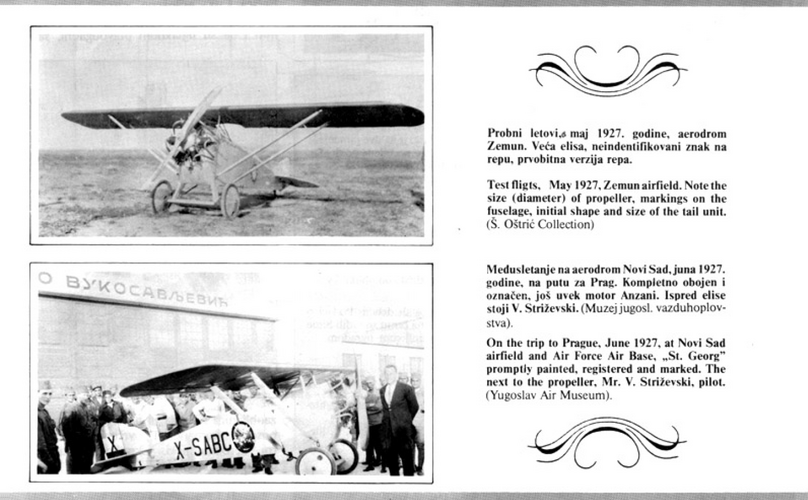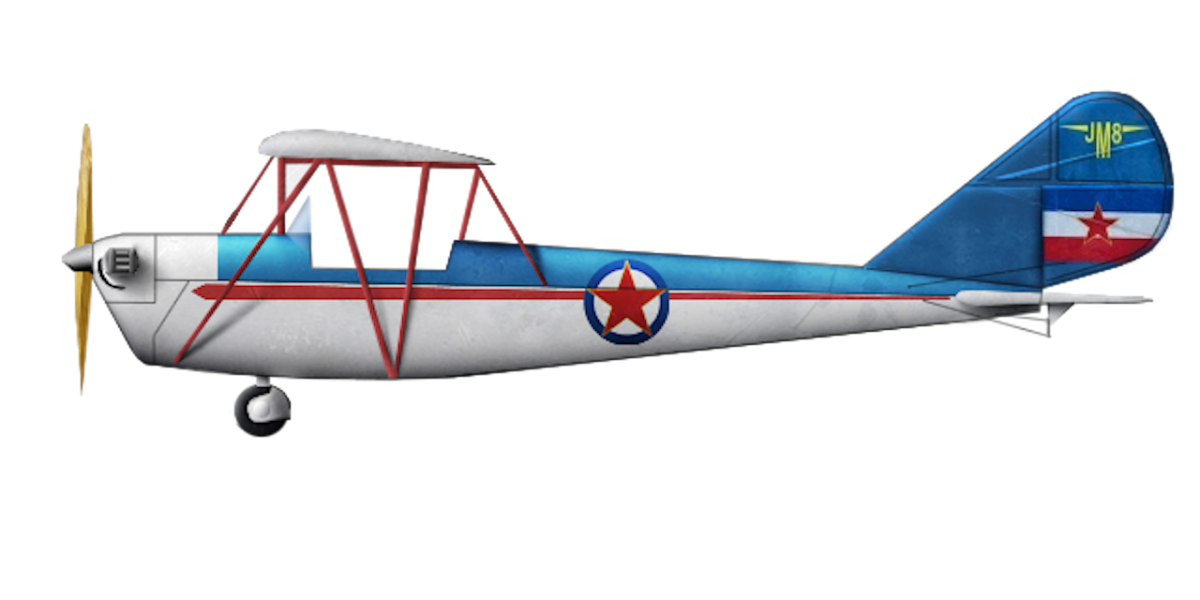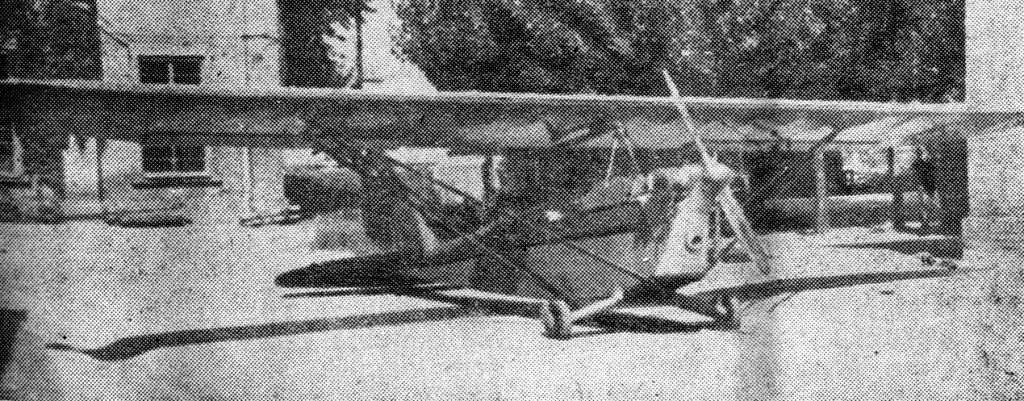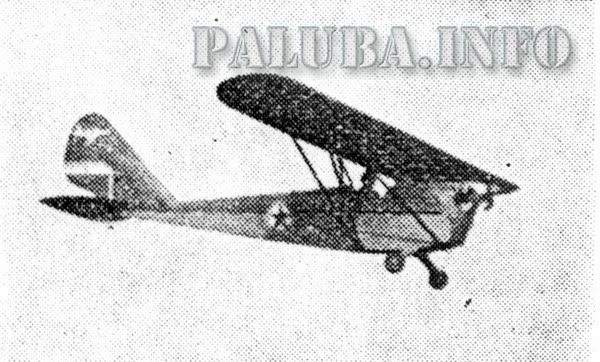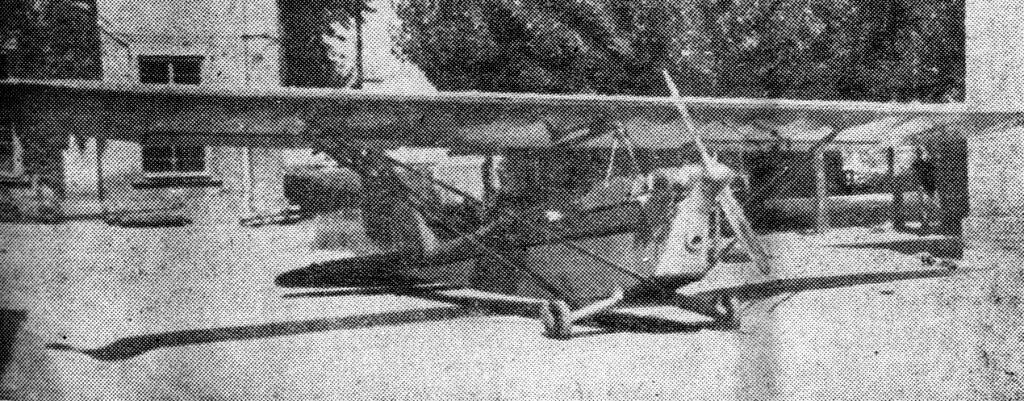Hi,
here is a a strange two ideas from Slovenian designers,
The first Slovenes to practice rockets were pyrotechnics; This majority of the session with Ferdinand Makuc from Gorizia was connected with the activity of Slovenian aviation pioneers. Makuc was also the first known victim of this profession in our country: when his workshop was blown up just before the start of the First World War, his wife and assistant lost their lives. Makuc befriended and collaborated with the Rusjan brothers. Julij Nardin, a professor of physics at the high school in Idrija, also belonged to this circle. As early as 1909, Nardin was engaged in various experiments and devices that worked on the basis of reaction. When he was building an airplane in 1909/10, but he didn't have the money to buy an engine for it, he was thinking about starting it with a (rocket?) Launch. In 1913, he recorded a friend's idea for a turbojet engine; Nardin's friend
Franjo Bratina predicted
supersonic speeds in aviation at the time, but later devoted his entire life to invention, especially the invention of the reaction aircraft engine, which he filed for patent in 1930, and the patent was granted two years later. Further developing this idea, he combined his original idea of a reaction drive with a rocket and in the
mid-1960s designed an aircraft with all the characteristics of a
flying saucer.
Julius Nardin designed a torpedo in 1914, for which he envisioned a
rocket propulsion. An unmanned parent torpedo propelled in this way was supposed to sail close to the enemy, launch smaller torpedoes at it and return to the home port, where it would be operated by a program from a perforated strip instead of a crew. Because of this self-controlled automaton, and because he also developed an electronic tube, Nardin is considered the pioneer of cybernetics in Slovenia. With some other ideas - all from 1914 - he visionarily announced later rocket weapons: his water torpedo was to be fired with a cannon or thrown from an airplane in a special profession, which would fall off when passing from air to water, here however, the rocket propulsion system would start operating.

